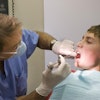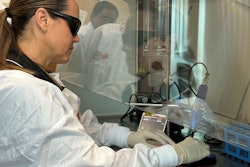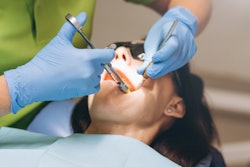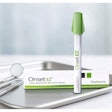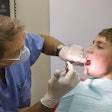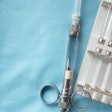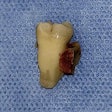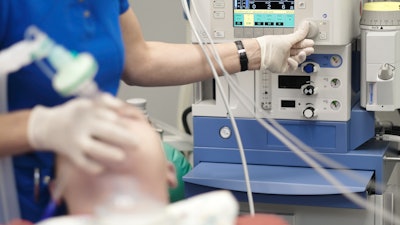
The American Association of Oral and Maxillofacial Surgeons (AAOMS) is evaluating whether anesthesia guidelines for oral surgeries need be updated for patients who take glucagonlike peptide 1 (GLP-1) receptor agonists, like Ozempic.
The AAOMS House of Delegates tasked the organization’s anesthesia committee to evaluate current anesthesia usage guidelines following guidance recently issued by the American Society of Anesthesiologists (ASA). In June, the ASA advised patients to refrain from using GLP-1 receptor agonists, commonly used to control diabetes and weight loss, prior to undergoing elective surgeries due to potential adverse complications, according to an announcement in the January issue of the Journal of Oral and Maxillofacial Surgery.
“While GLP-1 receptor agonists have shown promising results in managing chronic conditions and aiding weight loss efforts, their interactions with anesthesia and other medications used during surgery remain largely unexplored,” according to the announcement (J Oral Maxillofac Surg, January 2024, Vol. 82:1, pp. 134-136). “There is a possibility that some of these drugs may interfere with anesthesia, blood clotting, or other crucial elements of the surgical process, leading to unforeseen complications.”
The ASA released the guidance following concerns of delayed stomach emptying, which may lead to patients experiencing aspiration into the airway and lungs, nausea, and vomiting while under anesthesia and deep sedation. Initial reports have shown that patients who have gastrointestinal side effects, including nausea, while taking these medications were more inclined to have more residual gastric contents, and these effects were similar in adults and children, according to an ASA press release dated June 28, 2023.
The ASA guidance calls for patients on daily doses of GLP-1 agonists to stop taking them the day of a procedure and for those taking them weekly to withhold them a week prior to procedures.




